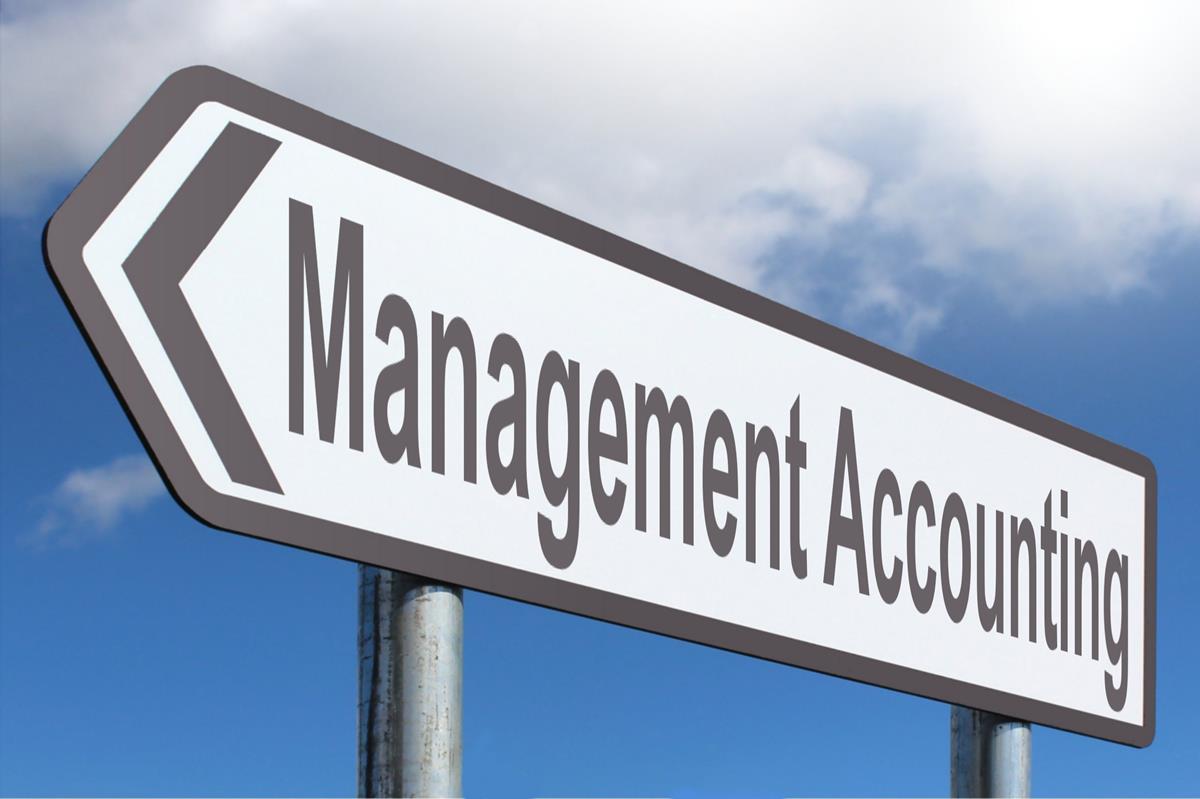UNIT 5 Management Accounting Undergraduate assignment, University level assignment , Assignment solution, Plagiarism free, Cheap rate, BTEC-HND, UK
Unit 5

Introduction:
Business is
regarded as the economic process to provide the wants of consumers. Hence, the
need for business organizations is significant for deriving financial benefits
to the societies. However, motive of operating business is to earn profit (Kaplan, 2010). Profitable
business depends on the required decisions taken by the managers and managers
are the guide to direct other employees what to do and how to do (Blass, 2005). Employees perform
activities according to the direction of the managers. Here, it has to be
mentioned very clearly that managers also depend on something to get proper
response to take decisions.
An explanation
of the principles of Management Accounting
Management
accounting is that term needed for the managers to guide the managers what is
right to operate decisions. Accounting serves the purpose of sharing
information to the interested users (Kaplan, 2010). Here, managers are the interested users for
whom management accounting serves the information necessary for obtaining the
basis of decision making process.

Figure 01: Principles of management accounting
Source: Author, 2020
 Figure 02: Role
of management accounting
Figure 02: Role
of management accounting

Figure 03: Role of management accounting
Source: Author, 2020
Absorption costing: Direct cost, indirect
cost and fixed cost are included for costing approach which is known as absorption
costing. It is regarded as full absorption costing also. Under absorption
costing, no cost is written off (Blass, 2005).
Production cost = 10.0+8.0+7.0+ (200,000.0/200,000) = £26.0
 Figure 05: Income statement of Ovation System under absorption costing
method
Figure 05: Income statement of Ovation System under absorption costing
method
 Figure 06: Income statement of Ovation system under marginal costing
Source: Author, 2020
Figure 06: Income statement of Ovation system under marginal costing
Source: Author, 2020
So, the author has mentioned both absorption costing
and marginal costing and process of preparation of incomes statement of under
both costing techniques. The author has found that absorption costing derives
more benefits than marginal costing for Ovation Systems.
Advantages of absorption costing:
4) Evaluation of how Management Accounting is
integrated within the organization and the benefits of the function of the
organization.
5) Conclusions that critically reflect the application
of Management Accounting.
Task 2
1) Compare and contrast three planning tools used in
Management Accounting indicating their effectiveness.
Zero based budget: Several budgets are
there and zero based budget is one of them. Zero based budgets support its
name. Every period has a new start of cost. Zero based budgets include all the
costs for new budget period and estimates result as per the criteria.
Disadvantages of zero based budget:
Advantages of functional budget:
Advantages of incremental budget:
The author has found that zero based budgets is
suitable for Ovation Systems as the organization can include cost for each
budget period for having cost efficiency.
Different planning tools to analyse to preparing and
forecasting budget
2) Using specific case studies as examples compare
ways in which management accounting is applied, the effectiveness of Management
Accounting in dealing with financial problems and preventing financial problems
in organization.
The author has been deployed for determining sole duty
to find issues. The author found two issues- bad debts and cash flow problems.

|
Management Accounting systems
|
How management accounting systems can be used
to solve financial problems
|
|
Cost Accounting
systems
|
Ovation Systems
faxes bad debt and cash flow issues which can be perfectly adjusted through
cost accounting. If the manager uses cost accounting approach by sorting all
the elements properly, the issues can be solved.
|
|
Inventory
Management Systems
|
Inventory
management system must be improved by Ovation Systems. Cash flow issue can be
solved either by this process (John, 2010).
|
|
Job Costing Systems
|
Ovation system has
different batch costs that must be adjusted and integrated through job
costing system. It will certainly bear expected output (Cooper, 2006).
|
|
Price-optimisation
systems
|
If Ovation Systems
recruits proper tool for price optimization system, the issues may not be
faced. So, improvement must be regarded for price optimization system (Cooper, 2006).
|
According to analysis of case of Ovation systems, they are facing a problem regarding cash flow. Actually the financial manager of the organization finding source of funds but
they don’t have any idea about how much
money the organization needs for next accounting period or project. So the
financial manager meet with team of management account to get helps from them.
In this case the management accounting
team has promised to help them. So the management accounting team has prepared
a cash budget for next accounting period including all expected cash inflow and
out flow. This cash budget has
provided vital information to the financial manager to get an idea about how
much money they need to borrow.
3) Provide conclusion and recommendations to the
organization on which methods to apply in order to achieve sustainable business
success, based on your feelings and evidence provided.
Following recommendations have been provided by the
author:
Recommendations:
·
Ovation Systems has better implication for
corporate social responsibility for having growth of the business.
·
There are several stakeholders. All stakeholders
have to be brought on the right track.
·
Corporate policies are bound to be measured to
improve the condition.
·
Resources are limited. So, better use must be
determined.
·
Managed have to be careful for making decisions
for each function.


No comments